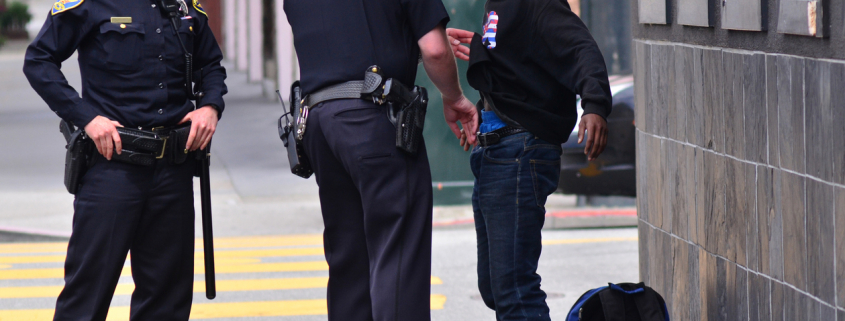Police Brutality in Arkansas
Police departments across the nation employ “good cops” who treat the public equally and with respect. They also employ “bad cops” who treat the public with disrespect and brutality. All of the officers in a police department generally receive the same training and are meant to follow the same policies. What is it about the “bad cops” that gives them license to use violence against some members of the public?
History’s Explanations
History shows that lessons not learned are destined to be repeated. The Civil Rights Act of 1871 came about during Reconstruction, after the Civil War. It was enacted to give black Americans recourse in federal and local courts after Ku Klux Klan violence. It was meant to protect a vulnerable population.
Arkansas is one of many states that continued to struggle with racial equality into the twentieth century. In 1957, the Little Rock Nine became famous for attending segregated Central High School in Little Rock, despite the governor’s resistance and the presence of police officers ordered by the governor. When a state’s history includes racist government leaders, it can set the stage for future racist discrepancies in state leadership, including in law enforcement.
Deadly Force
In the twenty-first century, racial bias still exists in Arkansas. The problem of racism in the Natural State is different than it was in the nineteenth and twentieth centuries in some ways, and it is the same in other ways. From 2011-2017, Arkansas police officers shot and killed 17 unarmed black men. Some of the victims were in their own homes. Demographically, black men made up 7.5 percent of Arkansas’ population in these years, but they added up to 73.9 percent of unarmed deaths by police.
Recourse for Victims
The Civil Rights Act of 1871 was intended to provide recourse for black Americans who were victimized or murdered by the Ku Klux Klan. More than 200 years later, Americans are still looking for recourse for people who are victimized and murdered, but at police hands instead of by an organized racist mob.
Police brutality, in this way, can be viewed as an extension of a history of violence against black people. Additional protective laws have been passed, the public is more aware than ever of the danger to some Americans, and police departments are being made to admit that problems exist in their ranks. Solutions, though, take admission of guilt, cooperation, and time to implement.
Legal Help
Recourse is not an easy goal. An historical lack of accountability in police departments has resulted at times in a culture of militarized violence and institutional silence. This militarized approach looks to use physical violence instead of de-escalation to resolve situations. And institutional silence has prevented other police officers from reporting and testifying about incidents of police brutality.
Victims need legal support and expertise to navigate cases of police brutality.





Leave a Reply
Want to join the discussion?Feel free to contribute!